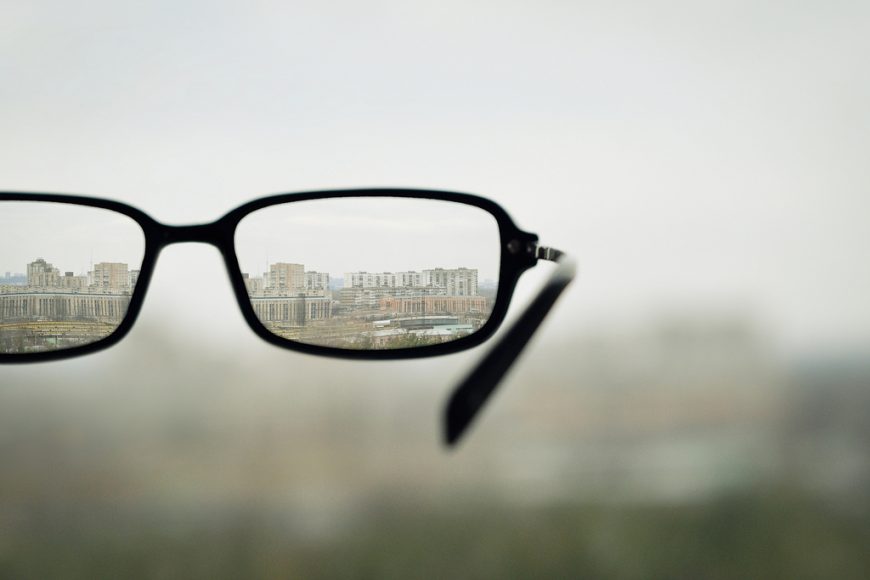
Why does our eyesight deteriorate? What are refractive errors?
Refractive errors occur when light rays do not focus directly on the retina. The length of the eyeball (shorter or longer), changes in the shape of the cornea or the deterioration of the lens can cause refractive errors. The visual result is a blurry image. If you or a loved one are searching for Lasik eye surgery Michigan, the Yaldo Eye Center can be a very helpful resource for them.
What is refraction?
Refraction occurs when the light changes its direction as it passes from one object to another. Vision occurs when light rays are deflected (refracted) as they pass through the cornea and lens. This light is then focused on the retina. The retina transforms light into electrical impulses that are sent to the brain through the optic nerve. The brain interprets these messages, converting them into the images we see.
What are the different types of refractive errors?
The most common types of refractive errors are myopia (navigation), hyperopia (farsighted), astigmatism and presbyopia.
Myopia is a disorder in which nearby objects are clearly seen, while distant objects are blurred. With myopia, the light is focused in front of the retina instead of on the retina.
Hyperopia is a common type of refractive error where distant objects can be seen more clearly than nearby objects. In Hyperopia, light is focused behind the retina instead of on the retina. People experience hyperopia in different ways. During youth, some people may not notice any problems with their vision. While for people with considerable hyperopia, vision can be blurred for objects at any distance, whether near or far.
Astigmatism is a disorder in which the eye does not focus light evenly on the retina due to irregularities in the corneal curvature. This can cause images to be blurred or stretched.
Presbyopia is a condition related to age in which the ability to focus closely becomes more difficult. As the eye ages, the lens can no longer change shape enough to allow the eye to focus on nearby objects clearly. For presbyopia, Monovision Lasik is usually the answer.
Risk factors
Presbyopia affects the majority of adults over 45 years of age. Other refractive errors affect both children and adults. People with family members who have certain refractive errors are more likely to suffer one or more refractive errors.
What are the signs and symptoms of refractive errors?
The most common symptom of refractive errors is blurred vision. Other symptoms may include:
- Double vision
- Cloudy vision
- Squint to see
- Headaches
- Visual fatigue
How are refractive errors diagnosed?
An ophthalmologist can diagnose refractive errors during a complete examination of the eyes with dilated pupils. Many times, people with refractive errors go to an ophthalmologist with complaints of visual discomfort or blurred vision. However, some people do not know that they do not see as clearly as they could.
How are refractive errors corrected?

You can correct refractive errors with glasses, contact lenses or laser eye surgery.
Glasses are the simplest and safest way to correct refractive errors. The ophthalmologist can prescribe lenses to correct the refractive error of which you suffer and provide you with an optimal vision.
Contact lenses work by becoming the first refractive surface for the rays of light that enter the eye. This results in a more precise refraction or focus. In many cases, contact lenses provide a clearer vision, a wider field of vision and greater comfort. They are a safe and effective option if they are adjusted and used correctly. However, contact lenses are not the best option for all people. Talk to your ophthalmologist to see if contact lenses are an option for you.
Refractive surgery has the purpose of permanently changing the shape of the cornea. This change in the shape of the eye restores the eye’s ability to focus. It allows the light rays to focus precisely on the retina for better vision. There are many types of refractive surgeries among which the LASIK procedure stands out.
LASIK treatment options
LASIK is really effective in correcting myopia, hyperopia, and astigmatism. In addition, a technique called monovision, allows LASIK surgery to correct presbyopia. However, not all patients are candidates for this procedure, and your ophthalmologist must evaluate a number of factors to determine if surgery is an option for you. These factors include the refractive error of the patient, the corneal thickness and the general health of the eye. In addition, a patient must be at least 18 years of age and have a stable prescription for glasses for one year. Lasik eye surgery Michigan can be done professionally at The Yaldo Eye Center by a Michigan eye surgeon.
